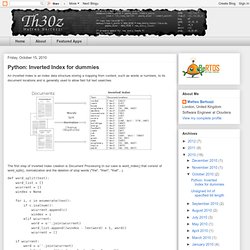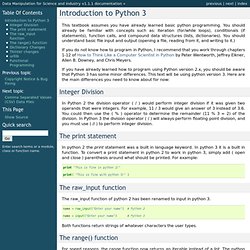

Basic Text Mining in R. Text Mining in R Tutorial: Term Frequency & Word Clouds. Text analysis is the hot new trend in analytics, and with good reason!

Text is a huge, mainly untapped source of data, and with Wikipedia alone estimated to contain 2.6 billion English words, there’s plenty to analyze. Performing a text analysis will allow you to find out what people are saying about your game in their own words, but in a quantifiable manner. In this tutorial, you will learn how to do text mining in R, you will get the tools to do a bespoke analysis on your own and find out how to plot a word cloud. Text mining in R: how to find term frequency A great way of applying text analysis towards your game reviews is to find a simple frequency of each word used.
If you don’t have your own data to use, download our sample of 1000 reviews of popular free-to-play games from the iTunes store. Here’s a step-by-step guide First, you’ll need to ensure you have the most recent version of R, head over to to download it. Then you’ll need to install “tm”, the text mining library for R. Whoosh, the open-source Python search library. Inverted index. Inverted index You are encouraged to solve this task according to the task description, using any language you may know.

An Inverted Index is a data structure used to create full text search. Given a set of text files, implement a program to create an inverted index. Also create a user interface to do a search using that inverted index which returns a list of files that contain the query term / terms. The search index can be in memory. [edit] Ada [edit] Main program Here is the main program (file inverted_index.adb): A sample output: Enter Filenames: 0.txt 1.txt 2.txt Enter one or more words to search for; <return> to finish: it Found in the following files: 0.txt, 1.txt, 2.txt Enter one or more words to search for; <return> to finish: that I did not find this in any of the given files! [edit] Package Generic_Inverted_Index The real work is actually done in the package Generic_Inverted_Index. Here is the implementation (generic_inverted_index.adb): [edit] Package Parse_Lines The implementation:
RosettaCodeData/Task/Inverted-index/Python/inverted-index-2.py at master · acmeism/RosettaCodeData. Python: Inverted Index for dummies. An Inverted Index is an index data structure storing a mapping from content, such as words or numbers, to its document locations and is generally used to allow fast full text searches.

The first step of Inverted Index creation is Document Processing In our case is word_index() that consist of word_split(), normalization and the deletion of stop words ("the", "then", "that"...). def word_split(text): word_list = [] wcurrent = [] windex = None for i, c in enumerate(text): if c.isalnum(): wcurrent.append(c) windex = i elif wcurrent: word = u''.join(wcurrent) word_list.append((windex - len(word) + 1, word)) wcurrent = [] if wcurrent: word = u''.join(wcurrent) word_list.append((windex - len(word) + 1, word)) return word_list word_split() is quite a long function that does a really simple job split words.
You can rewrite it with just one line using something like re.split('\W+', text). Introduction to Python 3 — Data Manipulation for Science and Industry v1.0.1 documentation. This textbook assumes you have already learned basic python programming.

You should already be familiar with concepts such as: iteration (for/while loops), conditionals (if statements), function calls, and compound data structures (lists, dictionaries). You should understand basic file input and output (opening a file, reading from it, and writing to it.) If you do not know how to program in Python, I recommend that you work through chapters 1-12 of How to Think Like a Computer Scientist in Python by Peter Wentworth, Jeffrey Elkner, Allen B. Downey, and Chris Meyers. If you have already learned how to program using Python version 2.x, you should be aware that Python 3 has some minor differences. Integer Division In Python 2 the division operator ( / ) would perform integer division if it was given two operands that were integers.
The print statement In python 2 the print statement was a built in language keyword. Print "This is fine in python 2! " The raw_input function The range() function. Pdf/crossroads.pdf. Book.